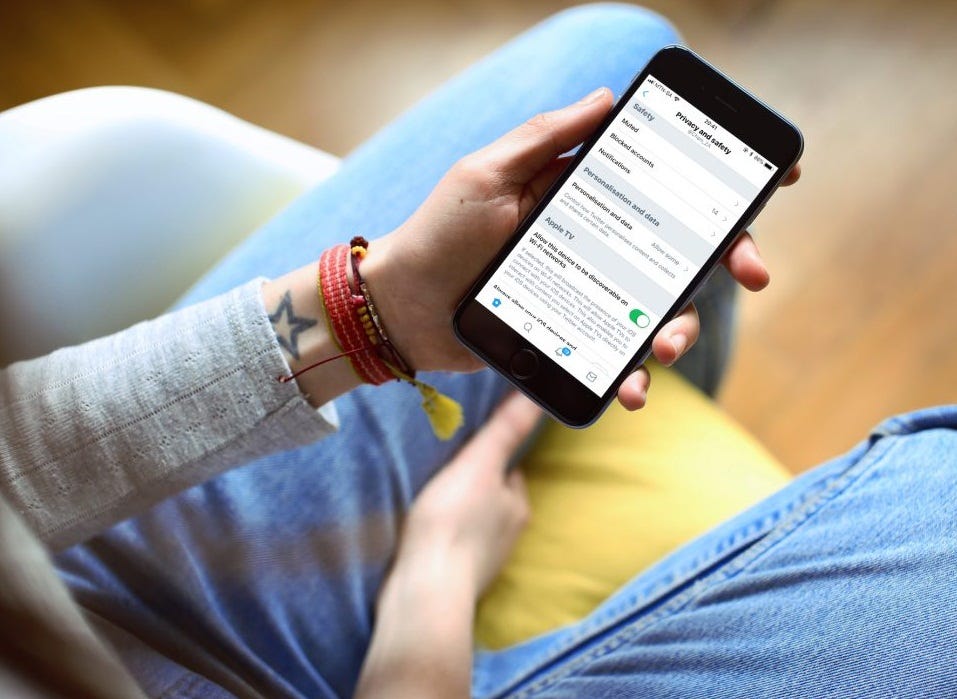
Apple iOS has historically been less vulnerable to threats from malicious attacks than other operating systems. Although Apple’s operating system (iOS) has avoided falling prey to a majority of the malware that seems to infect other software, iOS is not without risk of infection or security risk.
What is Malware
Malware is malicious software? The term refers to many types of computer threats including viruses, trojan horses, worms, keyloggers, backdoors, and many others. Software known as antivirus software helps protect users against many threats of malware.
Apple does everything within their power to eliminate threats created by iOS malware. However, more can be done to protect users from security threats or other attacks.
Phishing
Phishing scams are a concern for all operating systems, including iOS. Phishing is an attempt by malware programmers to fraudulently gain information from users, without being noticed by the security system of the device or system involved. Phishing threatens computer user information.
Felix Krause, the founder of Fastlane, recently exposed an Apple security vulnerability by creating a phishing request popup that mimics Apple’s regular dialog box requesting a user’s password.
Apple iOS users, and all computer or smartphone users can be susceptible to this type of threat. Developers of phishing software can produce realistic-looking popups that often fool even the most sophisticated of users. Apple support offers tips on avoiding phishing on their site.
Permissions
According to Apple, “iOS helps prevent apps from accessing a user’s personal information without permission.” Apple goes on to explain how users can alter permissions for applications (apps) in the “Settings” menu on their device. Permissions can grant access to contacts, cameras, location services, health information, and other personally compromising items. Users often ignore these permissions, thereby allowing access to personal information.
How to Protect Your iOS Device
Read the permissions you give to apps. If you do not agree or the specific permission does not seem appropriate for the application, adjust the permissions you grant in your Settings menu.
Using the tools available to protect an iPhone, such as the fingerprint sensor and a secure password. Install and use apps from the Apple App Store, rather than any third parties that may not be verified for safe use by Apple. Use two-factor authentication to protect your Apple account information. Don’t share account information. Don’t use your Apple password for other sites. If you are asked for a login from a suspicious site, exit the browser by hitting the home button.
Avoid insecure passwords such as “admin,” “password,” “user,” or your spouse’s name. Your security questions should be difficult to guess. Consider safety before “jailbreaking” a phone. Jailbreaking is user customization of their phone. This customization allows users to install unsupported apps. Jailbreaking may come with a price; these alternative apps may present security issues and vulnerabilities. Carefully connect to secure Wi-Fi hotspots only, so information cannot be intercepted as easily by potential hackers.
Conclusion
Predators or hackers can attack any computer or phone system, whether PC, Apple’s iOS, Android, or something else. Although iOS seems less vulnerable to hacking or malware attack, it is obvious that they are not immune. Users should exercise caution in seeking to secure their data and private information.
